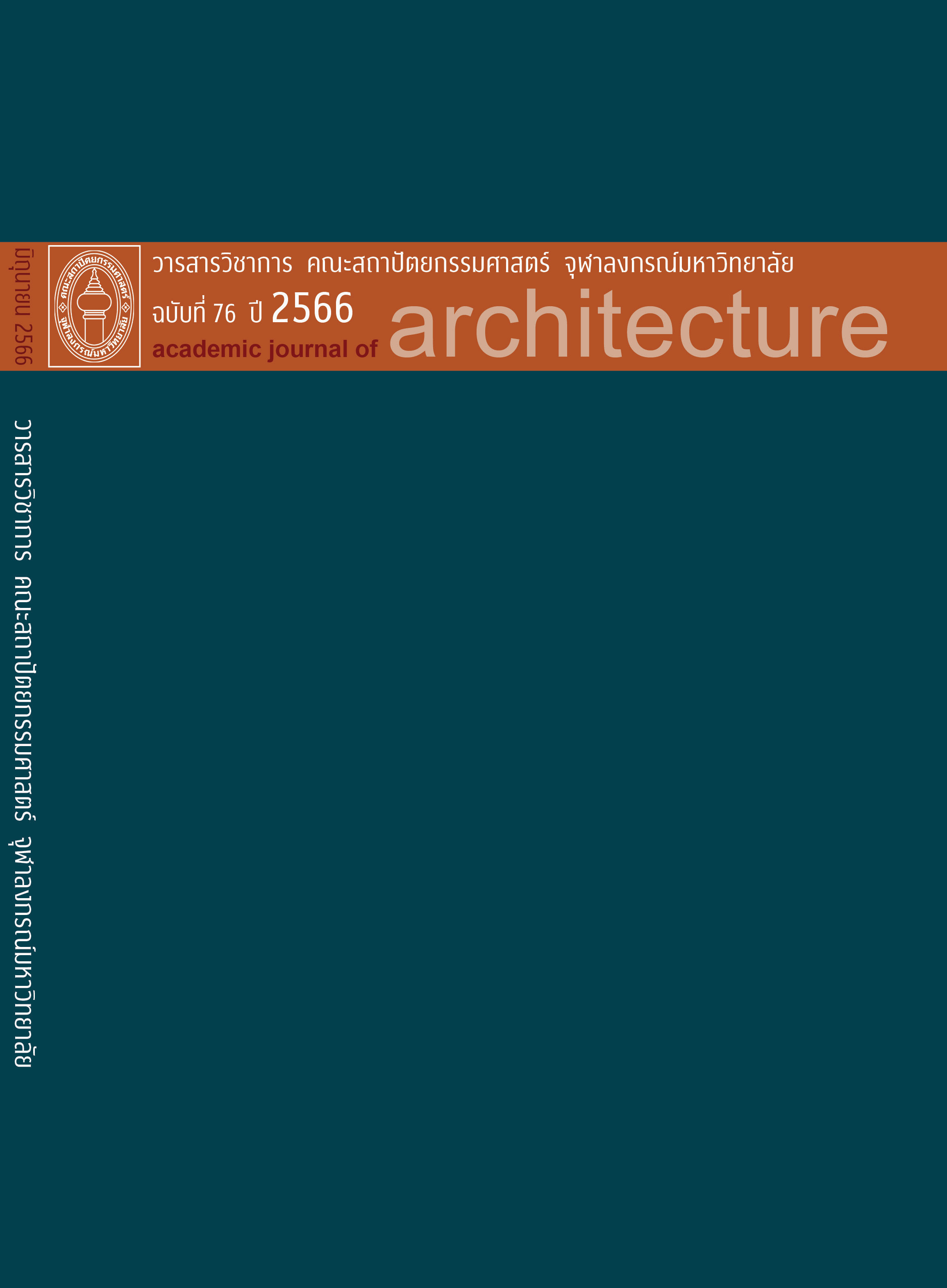A Study of Environmental Adaptive Transformation Strategies for Patios in Huizhou Architecture
Main Article Content
Abstract
Huizhou architecture, as a representative example of traditional Chinese dwellings, embodies a Patio style with quadrangle dwellings as its core. The Patio serves multiple functions, including ventilation, lighting, drainage system, and fire prevention. It symbolizes the accumulation of wealth and communicating with nature, making it a vital element of green building in Huizhou residences.
The patio in a Huizhou residence is taken as the object of study in this paper, employing on-site observation and questionnaire survey methods. From the aspects of ventilation, shading, as well as daylighting, this paper quantitatively analyzes the significant role of the Patio in the regulation of the internal micro-environment of Huizhou residential houses, particularly the inherent characteristics of heat insulation in summer and warmth in winter. Besides, the objective of this paper is to contribute to the comprehensive study of The Impact of Traditional Chinese Green Architecture on Modern Habitation: A Case Study of Huizhou, Anhui Province. And consequently, the paper is divided into four sections: ○1 Environment and traditional architectural features of the Huizhou area; ○2 Analysis of the influence of courtyards on the micro-environment of Huizhou dwellings; ○3 adaptive renovation measures for courtyards;○4 in the conclusion, this paper presents suitable renovation measures for courtyard renovation to meet the contemporary people's environmental demands of wind, light, heat, water, and humidity, and further explores the ecological strategy of the traditional courtyard, with the aim of enhancing the regional living environment.
Article Details
References
Chuan, Lin, Xianfeng, Tian, & Zhiyong, Fang. (2004). Design and thermal comfort control of atrium building. Industrial Architecture, (7), 32.
Kunlun, Cui, & Ying, Xu. (2011). Fuzzy space in traditional residential houses. Zhejiang Architecture, 28(5), 34-36.
Peng, Di. (2013). Traditional ecological and energy saving ideas in residential houses in Southern
Anhui. In Academic Conference on the 1000th Anniversary of the Building of the Main Hall of Baoguo Temple in Ningbo and 2013 Annual Conference of Chinese Architectural History Society (pp. 664-667). (N.p.).
Ping, Zhanjiang, & Fangyan, Li. (2014). Paradise; discussion on the inspiration of traditional architecture in Southern Anhui to Anhui architectural design. Building Energy Conservation, (11), 60-63.
Rui, Wu, Wenjin, Wu, & Lei, Luo. (2021). Study on the spatial connotation and protection of patio in Huizhou traditional dwellings. Journal of Hebei Institute of Civil Engineering, 39.
Yiqing, Ren. (2020). A study on the improvement of indoor light environment and wind environment of townhouses in South Anhui. Anhui University of Technology.
Yongchun, Zhu. (2005). Huizhou architecture. Anhui People's Press.


